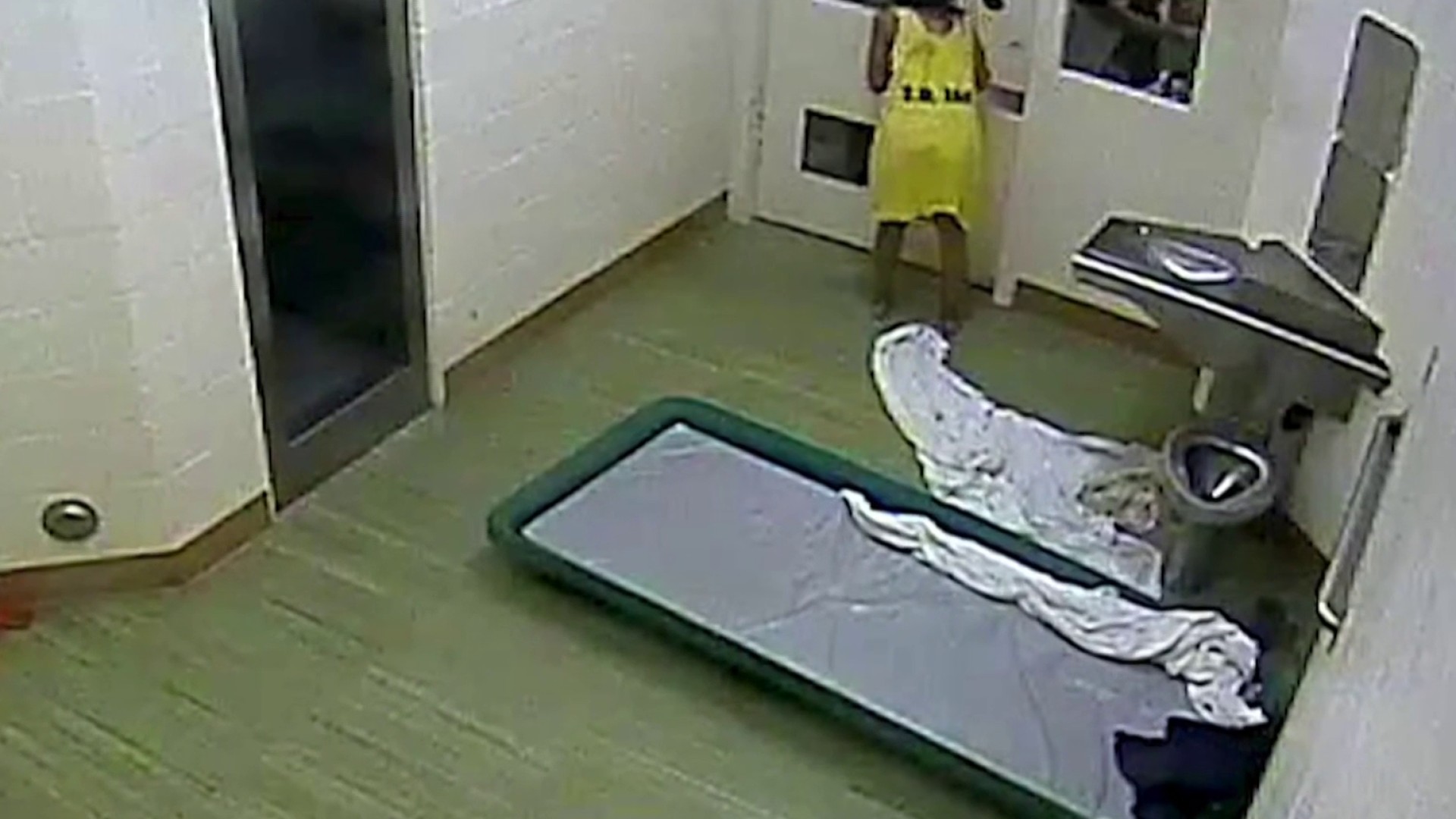San Diego’s food lines are filled with working families, children and seniors shut out by the Great Recession according to survey results released Tuesday.
The 30-page report provides a portrait of the people receiving San Diego Food Bank assistance by analyzing the demographic, economic and social factors driving that demand said author Lynn Reaser, Ph. D., Chief Economist at Point Loma Nazarene University.
“It turns out the portrait of Food Bank recipients is a picture that looks very much like you or I,“ Reaser said adding, “Your co-workers, your neighbors, the people you see every day but you would never expect to see in the food lines.”
Reaser released the report that is the first ever county-wide survey of the organization’s clients. Research teams interviewed 550 households who were in line to receive food in October 2012 and their findings dispel the myth that the San Diego Food Bank helps only the homeless.
“Really, it’s the working poor and this study reaffirms that,” said James A. Floros, President & CEO of the Jacobs & Cushman San Diego Food Bank.
Two-thirds of Food Bank households have one or more family members employed. Nearly 40-percent have one wage earner. Another 30-percent have two or more wage earners. “Either they don’t make enough wages or they don’t work enough hours,” Reaser explained.
Seniors who may have been laid off by the recent downturn in the economy and cannot find new work make up 24-percent of the retirees served by the organization.
Local
Food Bank families are usually one person larger than the countywide average the research shows. The average Food Bank family is between three and four members or about one person more than the county average. That person is often a child, Reaser said.
More than half the recipients are Hispanic. Caucasians account for 29-percent, Asians represent 8-percent, African-Americans represent 3-percent and Native Americans account for 2-percent of recipients according to the study.
While about half only need assistance for about 6 months, a quarter of the recipients have been depending on the Food Bank for one to three years.
“They need help to get off the Food Bank process,” businessman and philanthropist Malin Burnham said.
“We need to know more about our clients,” Burnham said adding that the work doesn’t end with the survey results.
“We also need to be able to help them in educating them on better food habits, better eating, better health habits,” he said suggesting brochures teaching families how to supplement the food donation.
Floros said the board is interested in feeding people but also finding out the root cause of hunger and working with partners including the County Board of Supervisors.
Some solutions include job training, programs on financial planning and education in nutrition and meal preparation.
The San Diego Food Bank said it serves nearly 350,000 people in need every month and distributed 17.9 million pounds of food in fiscal year 2011 – 2012.
To participate in the Senior Food Program for those 60 or older, annual household income cannot exceed $19,669. Each participant receives one box of food a month. The box contains a variety of food including: reduced-fat milk, instant non-fat milk, canned meats, peanut butter, canned fruits and vegetables, cheese, rice, pasta, fruit juice and cereal.
For the Emergency Food Assistance Program, annual income cannot exceed $22,695 for a two-person household. A typical EFAP bag includes canned meats, vegetables, soups, fruit juice and/or fruits, spaghetti, rice, beans and frozen foods.



